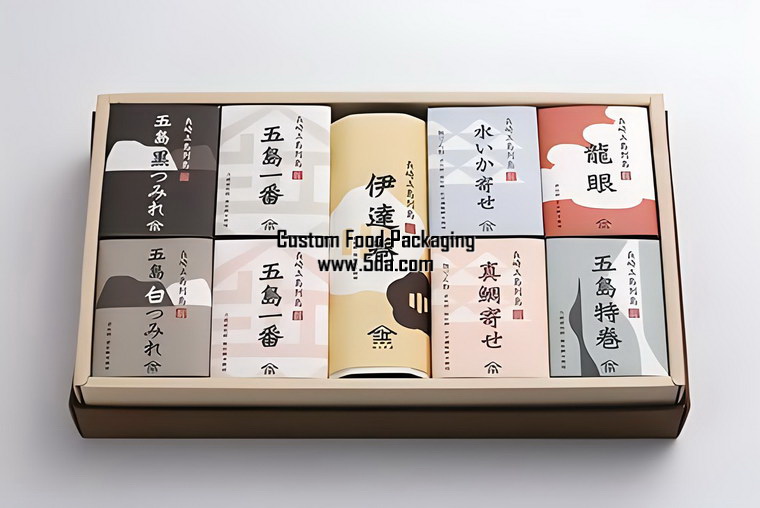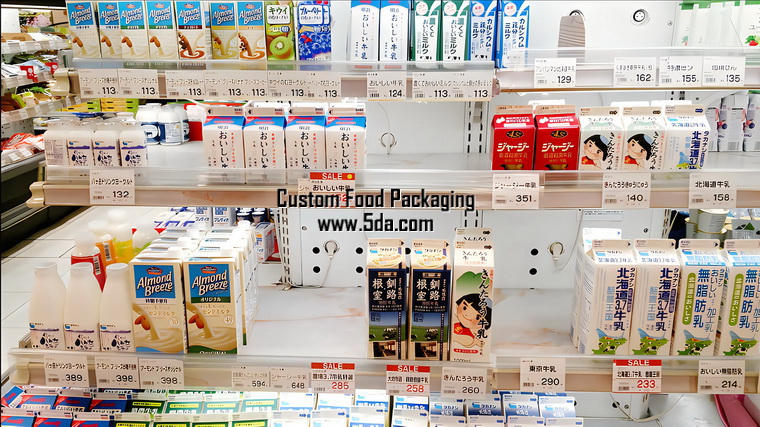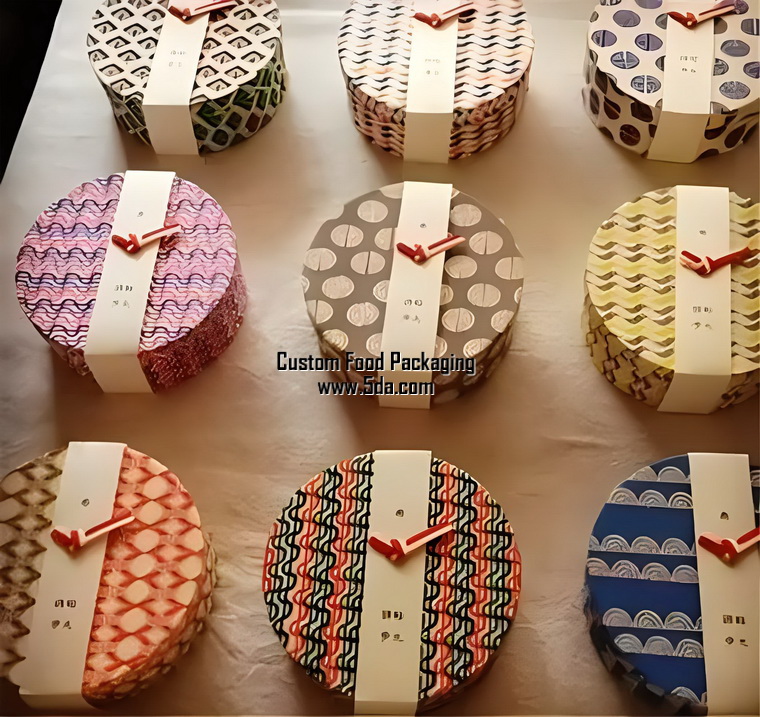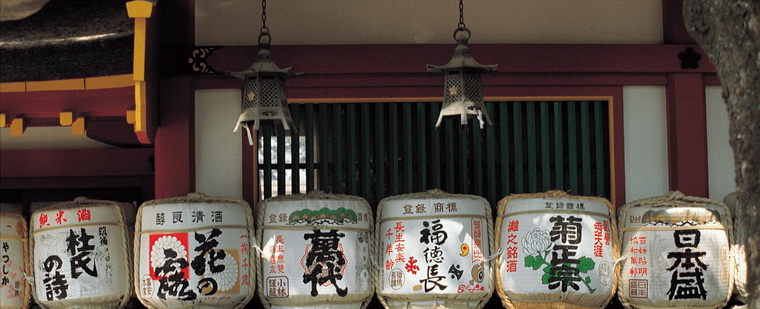Why is Japanese Food Packaging So Popular?

The allure of Japanese food packaging lies in its unique blend of aesthetics, functionality, and cultural significance. This packaging style not only captures the essence of Japanese culture but also enhances the overall experience of enjoying Japanese cuisine.
Firstly, Japanese food packaging often incorporates traditional design elements that are deeply rooted in the country's rich cultural heritage. These elements range from intricate patterns and motifs to the use of specific colors and materials. For instance, the color white, which is a symbol of purity and simplicity in Japanese culture, is commonly used in food packaging. Similarly, the use of washi paper, a traditional Japanese paper made from the fibers of the bark of the gampi tree, adds a unique texture and visual appeal to packaging.
Moreover, the functionality of Japanese food packaging is another factor that contributes to its popularity. Japanese packaging is designed with great attention to detail, ensuring that the food remains fresh, tasty, and presentable. The use of airtight and moisture-proof materials, as well as innovative packaging techniques, helps to extend the shelf life of food and maintain its quality. Additionally, the packaging is often designed to be reusable or recyclable, promoting sustainability and environmental friendliness.
Furthermore, Japanese food packaging reflects the country's emphasis on simplicity and minimalism. This aesthetic is evident in the clean lines, minimal use of colors and graphics, and the overall uncluttered look of the packaging. This minimalist approach not only enhances the visual appeal of the packaging but also allows the focus to be on the food itself, rather than being overshadowed by elaborate designs.
Moreover, the packaging often serves as a form of storytelling, reflecting the history, traditions, and values of Japanese culture. Through the use of symbols, motifs, and traditional art forms, the packaging tells a narrative that resonates with consumers and creates a deeper connection with the product.
Additionally, the popularity of Japanese food packaging can also be attributed to the growing interest in Japanese cuisine worldwide. As more people become interested in exploring Japanese food, they are also drawn to the unique and appealing packaging that accompanies it. This packaging not only piques their curiosity but also adds to the overall experience of trying Japanese food.
In conclusion, the popularity of Japanese food packaging can be attributed to its blend of traditional design elements, functionality, minimalism, and cultural significance. This packaging style not only enhances the visual appeal of the product but also adds to the overall experience of enjoying Japanese cuisine. As interest in Japanese food continues to grow worldwide, it is likely that the popularity of Japanese food packaging will continue to rise as well.



 Japanese Food Packaging
Japanese Food Packaging 

